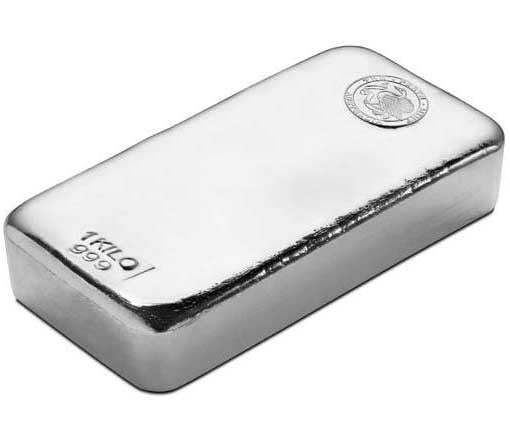Silver and gold are considered least reactive among metals because of their unique electronic configurations and relatively stable atomic structures. Here's an explanation of why silver and gold exhibit low reactivity:
-
Electronic Configuration: Silver (Ag) and gold (Au) have electronic configurations that contribute to their low reactivity. In their outermost electron shells, silver has one electron in the 5s orbital (5s1), while gold has one electron in the 6s orbital (6s1). These outer electrons are relatively far from the nucleus and are shielded by filled inner electron shells, making them less prone to participate in chemical reactions.
-
Stable Atomic Structures: The atomic structures of silver and gold contribute to their stability. Both metals have relatively low ionization energies, which means it requires a significant amount of energy to remove an electron from their outermost shells. As a result, they are less likely to readily lose or gain electrons, making them less reactive.
-
Inertness towards Oxygen: Silver and gold are highly resistant to oxidation, even in the presence of oxygen. They form a thin and protective oxide layer on their surfaces, which helps prevent further reaction with oxygen. This oxide layer acts as a barrier, reducing the reactivity of the underlying metal.
-
Lack of Reactivity with Acids: Silver and gold are largely unreactive towards most acids, including hydrochloric acid (HCl) and sulfuric acid (H2SO4). They do not readily dissolve or react with these acids due to the stability of their electron configurations and the formation of protective oxide layers.
-
Chemical Stability: Silver and gold exhibit high chemical stability, which means they do not readily undergo chemical reactions or form compounds with other elements. They have a low tendency to form chemical bonds with other elements, making them relatively inert in many environments.
However, it's important to note that while silver and gold are considered least reactive among metals, they can still undergo certain reactions under specific conditions or with highly reactive substances. For example, gold can dissolve in aqua regia, a mixture of nitric acid and hydrochloric acid, under certain circumstances.
The low reactivity and chemical stability of silver and gold contribute to their value as precious metals, as they maintain their luster, durability, and resistance to corrosion over time. These properties make them highly desirable for jewelry, investment, and industrial applications.
Here are more details and facts about why silver and gold are least reactive:
-
Electronic Stability: Both silver and gold have fully filled d orbitals, which contributes to their stability. In the case of gold, it has a fully filled 5d orbital (in addition to the 6s orbital), which provides additional stability and makes it highly resistant to oxidation and chemical reactions.
-
Noble Metals: Silver and gold are classified as noble metals. Noble metals are known for their low reactivity and resistance to corrosion. This classification is attributed to their electronic configurations and the stability of their filled d orbitals.
-
Lack of Electronegativity: Silver and gold have relatively low electronegativity values. Electronegativity is the tendency of an atom to attract electrons in a chemical bond. Since silver and gold have low electronegativity, they have less affinity for electrons and are less likely to participate in chemical reactions.
-
Resistance to Acidic Solutions: Silver and gold demonstrate resistance to corrosion by many acids. They do not readily dissolve or react with common acids, including sulfuric acid and hydrochloric acid. This resistance is due to the stability of their electronic configurations and the formation of protective oxide layers on their surfaces.
-
Stability in Alkaline Environments: Silver and gold also exhibit stability in alkaline environments. They are not easily corroded by alkaline solutions or bases, such as sodium hydroxide or potassium hydroxide.
-
Biocompatibility: Both silver and gold have excellent biocompatibility, meaning they do not typically cause adverse reactions or toxicity in biological systems. This property makes them suitable for use in medical applications such as implants, prosthetics, and dental work.
-
Longevity and Durability: Silver and gold have been used in various cultural artifacts, coins, and jewelry for centuries due to their resistance to tarnish and corrosion. Their inertness and stability allow them to maintain their luster and appearance over extended periods.
-
Value as Precious Metals: The low reactivity and stability of silver and gold contribute to their value as precious metals. Their scarcity, aesthetic appeal, and resistance to corrosion make them desirable for jewelry, investment, and monetary purposes.
While silver and gold are considered least reactive, it's important to note that they can still react under specific conditions or with highly reactive substances, such as cyanides or halogens. However, these reactions are relatively rare and not typical under normal circumstances.
Overall, the low reactivity and stability of silver and gold make them highly sought-after materials with diverse applications in various industries, particularly in areas where their resistance to corrosion and longevity are advantageous.

